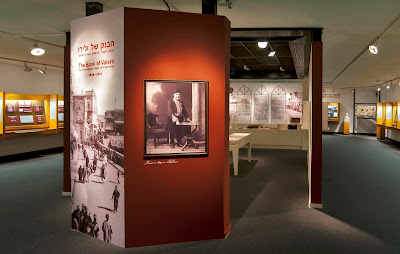This little retrospective of 2013 brings an abstraction of
scripophily on the Internet and looks at this blog's performance.
The illustrations "between the lines" form a little story on their own.
 |
| Snowy peaks and spruce trees form the setting for this proud mountain goat. Double-click the image to enlarge. |
In 2013 scripophily is further exploring the Internet
This week I googled the word scripophily with the objective of getting an idea about the word's spreading on the Internet. An exercise done earlier in July 2012, see here. Now we can compare the outcomes :
- number of web links : 515000 (53% related to eBay), no comparison possible because Google changed its search algorithms since then
- number of images : 170000, or +26% (18 months)
- number of YouTube videos : 217 , or +540%
Associations embrace Facebook
Today, you'll find blogs and photo sharing sites related to scripophily on almost every social media platform : Blogger, WordPress, Tumblr, Pinterest, Instagram et cetera. The most dynamic one in 2013 is Facebook. Several professionals were already present on Facebook, but this year also associations planted their flag on a strip of Facebook land.
- Norsk Selskap for Scripofili's page: Aksjebrev
- type: Facebook page
- created in June 2013
- currently counting almost 70 likes
- EDHAC (Germany)
- type : Facebook group, login required
- created in July 2013
- currently counting about 60 members
- International Bond and Share Society
- type: Facebook page
- created in December 2013
- currently counting more than 50 likes
With about a billion users Facebook grows at a rate of over half a petabyte … every 24 hours (source: The Register). A little bit of math may put this in perspective. One petabyte = 1,000,000,000,000,000 bytes = 1,000 terabytes = 1,000,000 gigabytes. One gigabyte of information is about the size of a truck filled with papers. In other words Facebook grows at a rate of 500,000 trucks of papers ... per day ! So if I forgot to mention your scripophily association in the overview, please tell me about it and I'll complete the overview.
Blog statistics of 2013
I consistently round up the year with the statistics of this blog. I used Google Analytics, an online tool for analyzing web traffic, to review the period 1 Jan 2013 - 20 Dec 2013. Between brackets you'll see the corresponding numbers for 2012, see also here.
This year, the threshold of 90,000 page views was exceeded.
In the considered period 6560 absolute unique visitors were visiting this blog (2012: 9779, -33% ). The chart above indicates roughly a more or less stable range between 100 and 270 unique visitors per week (2012: between 140 and 270 per week).
The number of returning visitors to this blog has risen to 34.3 % (24 % in 2012). This comes down to about 2250 returning visitors in 2013 (about 2300 in 2012).
What about the geographical distribution ? The ranking on the subcontinents stayed the same as in 2012.
Western Europe, number one, and Northern America, number two, are responsable for more than 60% of the visits. Especially Western Europe increased its relative part from 30 to 39% percent at the expense of all other subcontinents. Number three and four are still South-Eastern Asia and Southern Asia. Northern Europe decreased its lag behind Southern Asia but is still on number five.
 |
| Locations visiting this blog in the period 1 Jan 2013 - 20 Dec 2013 |
Suggestions for improvements and topics for this blog are always welcome. Thank you for the many visits, and I hope to see you back in 2014. A Happy New Year to all of you !
F.L.
PS: The vignette shown in the first part of the article comes from the Bolsalona share certificate, see below.
 |
| Bolsalona Sociedad Anonima Industrial y Commercial 5 Shares of 1000 Pesos Oro Sellado (convertible to gold) 1920, Buenos Aires Company active in the textile business. |










